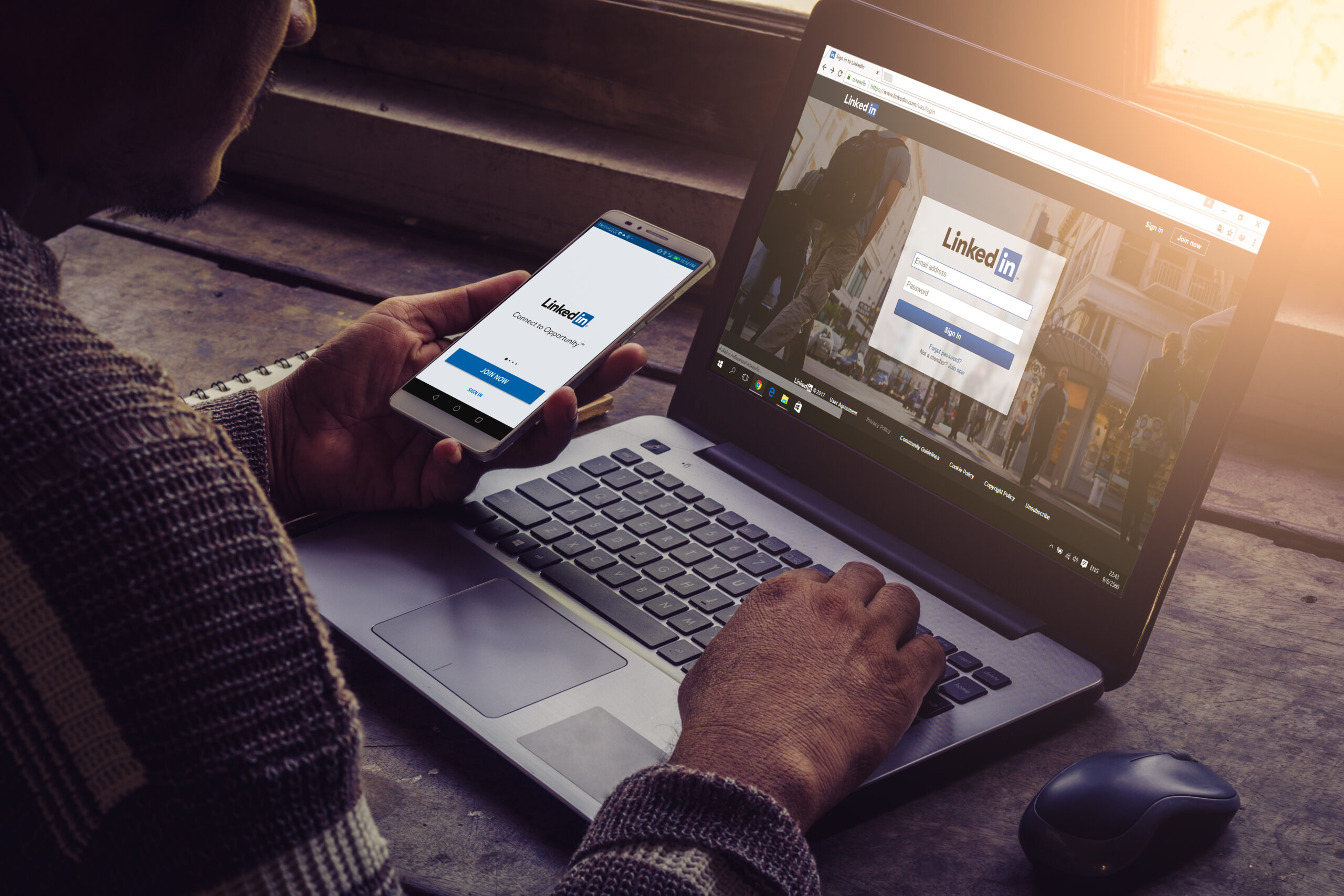Content marketing: do’s and don’ts on LinkedIn
Content Marketing: Do’s and Don’ts on LinkedIn
By Edie Reinhardt
With almost 67 million monthly active users in the U.S., LinkedIn is the ideal platform for attorneys and law firms to reach new audiences and existing contacts. According to the 2020 American Bar Association’s Legal Technology Survey, nearly 76 percent of law firms use LinkedIn with 42 percent identifying it as a leading marketing channel for the firm. However, with so many users, it can be challenging to stand out from competitors. By following a few simple rules, attorneys and firms can ensure they are creating and sharing effective content on LinkedIn.
Do know your audience. The key to success with any content is catering to the reader’s interests. Answer frequently asked questions. Also, research and subscribe to publications clients read, set up google alerts to monitor areas of interest to them and use social media to “listen” to what topics they care about and the challenges they face.
Don’t be self-congratulatory. It is acceptable to share that an attorney received an award or recognition because it can establish credibility, but don’t overdo it. If possible, use the recognition to highlight the efforts of other people who contributed to or won the award. In general, follow the 80-20 rule – 80 percent useful content; 20 percent self-promotional content.
Do discuss current events and trends. Writing about events and trends that may affect clients demonstrates awareness of their concerns. Lawyers may be able to take advantage of media and public interest in a news story to reach a wider audience (aka “newsjacking”). On LinkedIn, using relevant hashtags can help readers find content.
Don’t share news or new developments without any commentary. It is unlikely that an attorney will be the first one to report on a new development. Therefore, the real value of sharing news is in providing deeper insights and practical advice about the impact on clients. This should be done as soon as possible after the news is reported. The longer the delay, the less likely the attorney will get attention for it on LinkedIn.
Do share nonwork/personal activities. It is useful to give people some personal information. This can make attorneys more likable and relatable and differentiate them from competitors. Information about charitable and volunteer activities, family, culture/traditions, and values can be provided in a thoughtful way. These posts often get the best results of any content because people react on a personal level especially when they include photos and videos.
Don’t get too personal. LinkedIn is a business platform, so take care not to share too much information about personal issues, political and religious views, and other sensitive matters. If it may result in negative attention, avoid publishing it online.
Do create visual content. Studies show that people tend to respond to and remember visual content over written text. Accordingly, using video, photographs, infographics, and similar content alone or in conjunction with written text may garner more views and engagement than text alone. Importantly, a ‘do-it-yourself’ video using a phone is acceptable on LinkedIn. It is best to upload videos to LinkedIn rather than hyperlinking to a video on YouTube or another platform. It is also helpful to include captions so that someone can view it with the sound off. (Note that LinkedIn is rolling out functionality to automatically add captions to videos.)
Do provide content directly on LinkedIn. Often, long content is shared on LinkedIn by clicking “Start a Post” on the home page, writing introductory text as a teaser, and including a link to the content on another site. This can be a good strategy to drive traffic to the other site. However, LinkedIn does seem to give some preference to posts that keep users on LinkedIn by giving them more exposure. Accordingly, content can also be published directly on LinkedIn. One option is to type the content into the body of the post (LinkedIn allows 3,000 characters or around 500 words). Content can also be uploaded as an image or PDF and shared in a post. There is also an option to “Write an Article” on LinkedIn. Further, users with LinkedIn’s Creator Mode can create a Newsletter or use LinkedIn Live and Audio events.
Finally, the link to the content can be put in the comments section of a post and pinned to the top of the comments so readers will see it. Links in the comments will not hurt visibility of the post.
Conclusion
There are many ways to improve results on LinkedIn. Best practice is to experiment to determine what is the most effective content for the attorney and firm.
![]() Edie Reinhardt, Esq. is principal of RDT Content Marketing, which specializes in helping attorneys showcase their expertise and target their marketing to attract more clients. She can be reached at [email protected]
Edie Reinhardt, Esq. is principal of RDT Content Marketing, which specializes in helping attorneys showcase their expertise and target their marketing to attract more clients. She can be reached at [email protected]
Share this story, choose a platform
Brought to you by BridgeTower Media
Free Weekly Newsletter
Recommended content
The Firm Playbook: These numbers don’t lie: What’s lost when lawyers let marketing slide
The Firm Playbook: These numbers don’t lie: What’s lost when lawyers let marketing slide By Nermin Jasani One of my [...]
‘Burning issues’ confronting law firms in 2026
AI deployment, private equity investment, and lawyer retention are high on the minds of firm leaders as the New Year [...]
How having a strong presence helps lawyers lead in their markets
Presence is not a marketing slogan. It is a long-term action plan for differentiation and market share in the legal [...]
Incident response has become a law firm survival skill
Countless real-world experiences show how firms’ poor response plans are making the effects of cyber attacks worse than they have [...]






